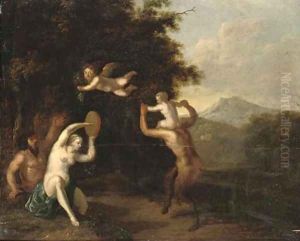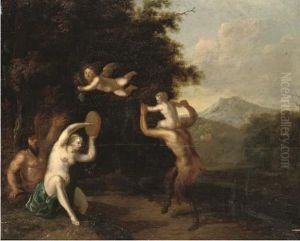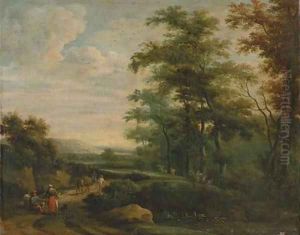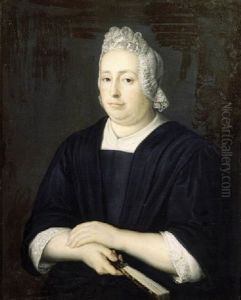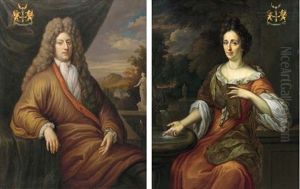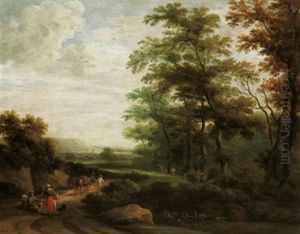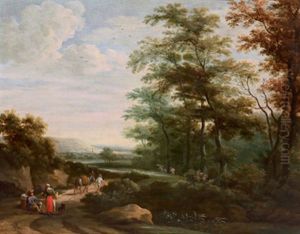Martinus De La Court Paintings
Martinus de la Court, born in Leiden in 1613, was a Dutch painter primarily known for his skillful still life paintings. His work is deeply rooted in the Dutch Golden Age, a period renowned for its extraordinary wealth of artistic talent and innovation, particularly in the realm of painting. De la Court's life and career were emblematic of the cultural and economic vibrancy of the Netherlands during the 17th century.
Initially, Martinus de la Court embarked on his artistic journey in the shadow of his brother, Pieter de la Court, who was also an artist albeit more inclined towards business ventures. This familial connection provided Martinus with a unique perspective on the intersection of art and commerce, a theme that subtly permeated his later works. Despite the overshadowing fame of his contemporaries, such as Rembrandt and Vermeer, de la Court managed to carve out his niche in the highly competitive Dutch art scene.
De la Court's still lifes are characterized by their meticulous attention to detail, vibrant color palette, and the ability to imbue ordinary objects with a sense of grandeur and significance. His paintings often featured domestic items, flowers, and food, rendered with such precision and care that they seemed to transcend their mundane origins. Through his art, de la Court celebrated the beauty of the everyday, a testament to the Dutch Golden Age's fascination with realism and the meticulous depiction of daily life.
Despite his contributions to the art world, Martinus de la Court's work was not as widely recognized during his lifetime as that of some of his peers. It was only in later centuries that art historians began to appreciate the subtlety and depth of his still lifes, recognizing them as vital pieces of the puzzle that is the Dutch Golden Age of painting.
Martinus de la Court passed away in Leiden in 1685, leaving behind a legacy that, while initially underappreciated, would eventually be recognized for its significance to Dutch art. His paintings continue to be studied and admired for their technical proficiency and their quiet, understated beauty, serving as enduring examples of the rich artistic tradition of the Netherlands.

